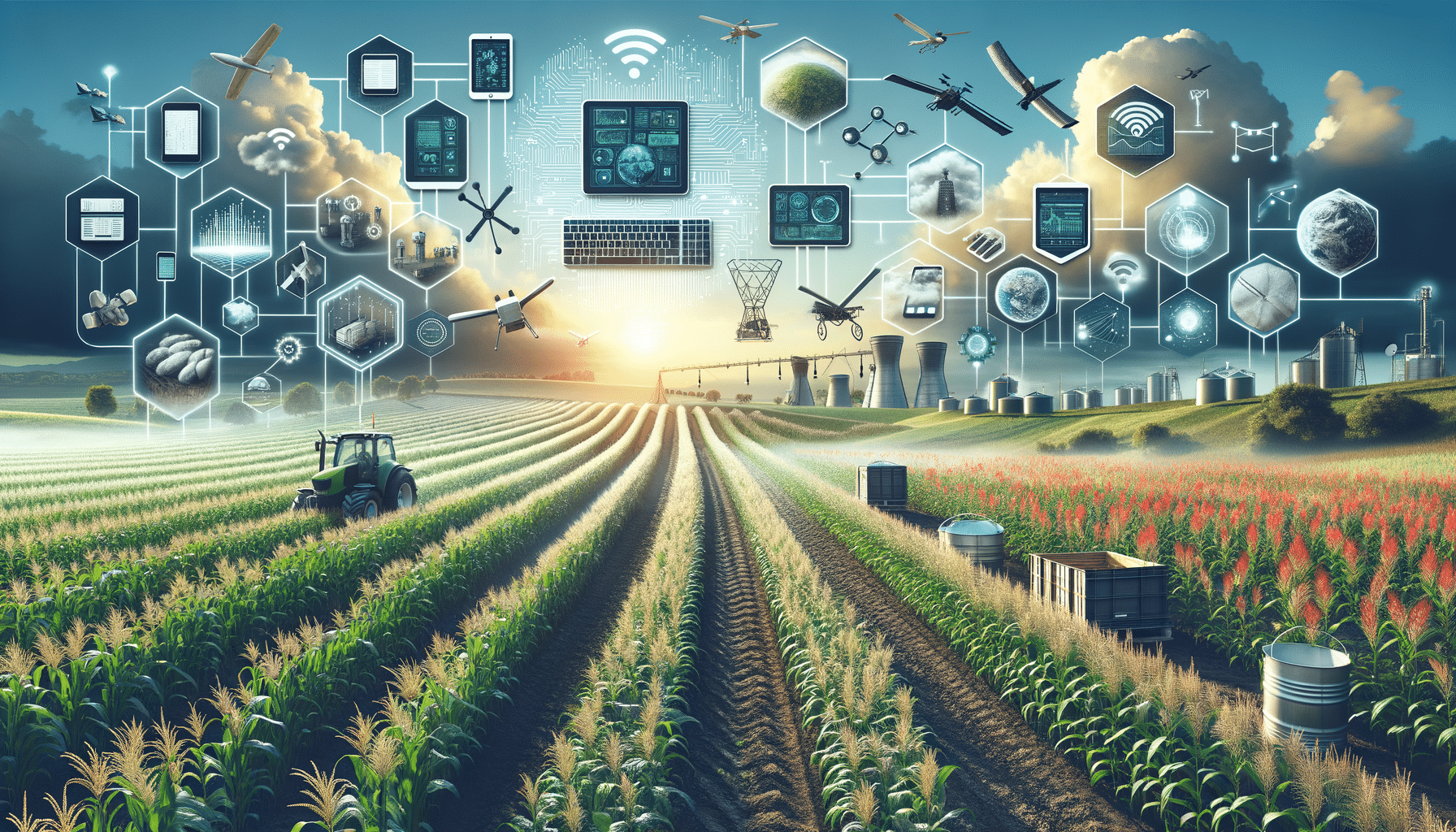
Explore Different Types of Farm Software for Management
Introduction to Farm Management Software
In the modern age of agriculture, technology plays a pivotal role in enhancing productivity and efficiency on farms. Farm management software is designed to streamline operations, helping farmers make informed decisions, optimize resources, and ultimately increase yields. These digital tools cater to various aspects of farming, from crop management to livestock tracking, offering tailored solutions that address specific needs. By exploring different types of farm software, farmers can identify the tools that best suit their operations, leading to more effective management and improved outcomes.
Crop Management Software
Crop management software is essential for farmers looking to optimize their crop production processes. These tools provide features such as field mapping, weather forecasting, and pest management. By leveraging data analytics, farmers can make data-driven decisions on when to plant, irrigate, and harvest. Additionally, crop management software often includes modules for soil health monitoring and nutrient management, ensuring that crops receive the right inputs at the right time. This type of software not only helps in maximizing yields but also in reducing waste and minimizing environmental impact.
Some crop management software offers integrated platforms that allow for seamless communication with suppliers and buyers, enhancing the supply chain efficiency. Farmers can track inventory levels, manage orders, and even predict market trends, enabling them to plan their production cycles more effectively. By adopting crop management software, farmers can achieve a balance between productivity and sustainability, ensuring long-term success.
Livestock Tracking Software
For farmers involved in animal husbandry, livestock tracking software is a valuable tool. This software provides comprehensive solutions for managing livestock health, breeding, and nutrition. Farmers can monitor individual animals or entire herds, keeping track of health records, vaccination schedules, and weight gain. This information is crucial for ensuring animal welfare and optimizing production.
Livestock tracking software often includes features for managing feed and water resources, helping farmers to maintain optimal conditions for their animals. Additionally, these tools can integrate with other farm management systems, providing a holistic view of farm operations. By utilizing livestock tracking software, farmers can improve efficiency, reduce costs, and enhance the overall quality of their livestock products.
Resource Optimization Tools
Resource optimization is a critical aspect of farm management, and software tools designed for this purpose are becoming increasingly important. These tools help farmers manage resources such as water, energy, and labor more effectively. By analyzing data on resource usage, farmers can identify areas where efficiencies can be gained, leading to cost savings and reduced environmental impact.
Many resource optimization tools offer real-time monitoring and reporting capabilities, allowing farmers to make quick adjustments to their operations. For instance, precision irrigation systems can be integrated with resource optimization software to ensure that water is used efficiently, reducing waste and improving crop yields. By adopting these tools, farmers can achieve a more sustainable and profitable farming operation.
Data Analytics and Decision Support Systems
Data analytics and decision support systems are at the forefront of farm management technology. These systems collect and analyze vast amounts of data from various sources, providing farmers with actionable insights. By leveraging machine learning algorithms and predictive modeling, these tools help farmers anticipate challenges and make informed decisions.
Decision support systems can be used to optimize planting schedules, manage pest outbreaks, and forecast market trends. By integrating data from weather stations, satellite imagery, and IoT sensors, these systems provide a comprehensive view of farm operations. Farmers can use this information to improve efficiency, reduce risks, and increase profitability.
The adoption of data analytics and decision support systems is transforming the agricultural industry, enabling farmers to operate more intelligently and sustainably. By embracing these technologies, farmers can stay ahead of the curve and ensure the long-term success of their operations.
Conclusion
Farm management software is revolutionizing the way farmers operate, offering tailored solutions that address specific needs in crop management, livestock tracking, and resource optimization. By exploring different types of software, farmers can identify the tools that best suit their operations, leading to more effective management and improved outcomes. As technology continues to evolve, staying informed about the latest advancements in farm software is crucial for maintaining a competitive edge and ensuring the sustainability of farming operations.


